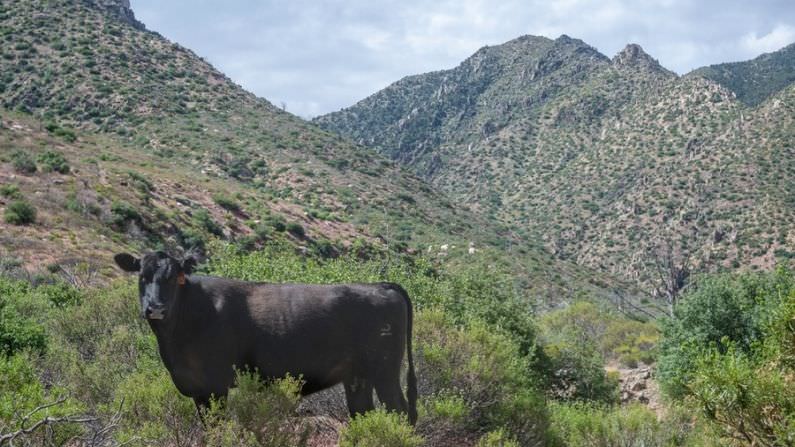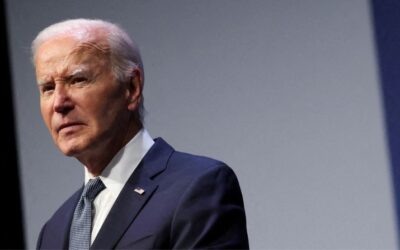The Bureau of Land Management and U.S. Forest Service announced earlier this month that federal grazing fees will be $1.35 per animal unit this year. That’s the price for five sheep, one calf and cow or one horse, and those rates are actually lower than what was imposed in 1981. Kylie Mohr of High Country News, who reported this story, said if those 1980s fees had simply kept up with inflation, they should now be just over $7.00.
“People are upset about inflation impacting them. And so they kind of feel like it should be impacting everyone, and they don’t understand why this is kind of inflation defying grazing, as we kind of called it internally,” she said. “Why is this any different? Shouldn’t they be paying more?”
Mohr said there are over 24,000 total grazing permits on federal lands covering massive tracts throughout the country. Some conservationists argue that grazing has major ecological impacts on public lands and that raising ranching fees could help offset the cost of maintaining ranges.
“It takes a lot of money to keep these public lands in good shape while they’re being grazed,” Mohr said. “Of course, if you’re a rancher or, you know, anyone close to that industry, grazing fees are a cost that you’re going to have to figure out how to pay every single year. And so if you’re a rancher, you’re not going to want to see this cost go up. So, it’s very much kind of two sides diametrically opposed.”
She also said there are strong ranching lobbyists advocating to keep the fees where they’re at, and several presidential administrations have been sympathetic to those interests. Former President Donald Trump lowered grazing fees during his tenure, and an Obama-era bill that would’ve raised them didn’t go anywhere. But now, Mohr said there may be a newfound effort to raise prices.
“As with anything to do with public lands, there’s always kind of this push and pull between who gets to use it and what does that access look like? And also, what are the consequences of what happens on public lands?”
According to the U.S. Labor Department, consumer prices increased over 7% between December 2020 and 2021, the largest year-over-year inflation since 1982. The inflation rate between 1981 and 2022 is over 200%.





